Teaching a young student with Down’s syndrome has taught Jacqueline Vanasse the value of simple concepts and hands-on rewards
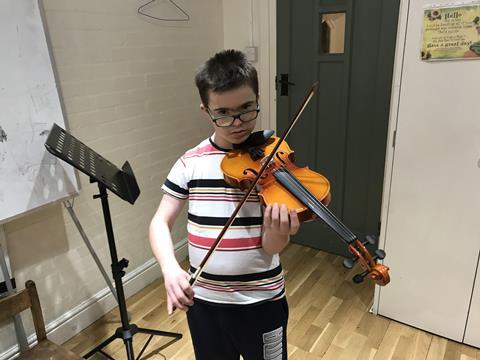
Cosmin is always smiling. If you ask him how he feels about playing the violin, he will tell you that it makes him excited and that it’s fun. Cosmin has the most beautiful tone and very flexible fingers. He also has Down’s syndrome.
Cosmin started playing the violin just before the start of the pandemic. We met three or four times in person before lockdown began and we had to move the lessons online. His mother mentioned that it was not easy to find someone who would teach the violin to a child with Down’s syndrome. When she finally found me, she did not have to beg. There was something so stimulating about a ten-year-old boy with a disability loving the violin so much that he was ready to be challenged. We would both be challenged, and I do not regret it.
The first thing that occurred to me when teaching Cosmin is that the violin should not be taught as an abstract concept. Then it all came back to me – how, when I was a child, some teachers would say things like, ‘Play this part like huge melons are falling from a truck,’ or, ‘Your sound needs to be clean,’ ‘Do not rush,’ ‘Save your bow,’ ‘Your fingers should be like little ballerinas.’ I remember wondering how fruit can relate to sound, or visualising a bottle of cleaning product and a mop and not really understanding how to wash a sound clean. I also remember wondering for a long time where my teachers thought I could be rushing to when both my feet were staying still on the floor, or how they could think my bow would fit in a piggy bank. All that abstraction was not in the least constructive for me.
For Cosmin, it goes even further: short versus long is abstract, down versus up is abstract, whole versus half is abstract. So to him I have stopped saying, ‘Save the bow,’ instead suggesting that he opens and closes his arm slowly. I have stopped saying, ‘Put your finger higher’ or ‘lower’ – how could it be higher or lower when the fingerboard is horizontal (even though I understand we are talking about pitch, for a child this is all very confusing) – and instead suggest that he makes a bigger or smaller gap between two fingers. The best thing is that I have started teaching my other students in the same way that I am teaching Cosmin and it has led to miracles.
Cosmin thinks and understands differently from other children. The same goes with problem solving; object-related consequences – playing the right note at the right moment – never seem to be a reward for him. With time, I have come to understand that although he very much likes to produce sounds, the real rewards are all social in nature, such as performing concerts or just catching my attention. And is not catching the attention of others central to what it is to be a performer?
Cosmin has poor articulation and intelligibility, but I have realised that just because I have a hard time understanding him doesn’t mean that he can’t understand me. This has also taught me that there is more to communication than words. So, we draw, we sing, we yell, we dance. Cosmin’s so-called disabilities are expanding my understanding of teaching and what it means to be a musician. Another example of this is his hypotonia, a childhood condition relating to Down’s syndrome which means that he has low muscle tone. This also means that he has less tension in his arms when he plays and therefore can produce a very beautiful sound. I am now ‘teaching’ hypotonicity to all my students.
One final thought: the fact that a young boy with Down’s syndrome can learn how to play the violin – and can do so online – has proven to me that classical music is so much more inclusive than many people realise.
-
This article was published in the January 2022 Steven Isserlis issue
The UK cellist discusses his new Bach companion and recording an album of solo works by British composers. Explore all the articles in this issue . Explore all the articles in this issue
More from this issue…
- Steven Isserlis on Bach and British composers
- 1773 ‘Cozio’ Guadagnini viola
- Alexander technique: it’s all in the mind
- LGT Young Soloists record Philip Glass
- Copying Stradivari’s 1715 ‘Titian’ violin
- Opportunities for young musicians post-Covid
Read more playing content here
-
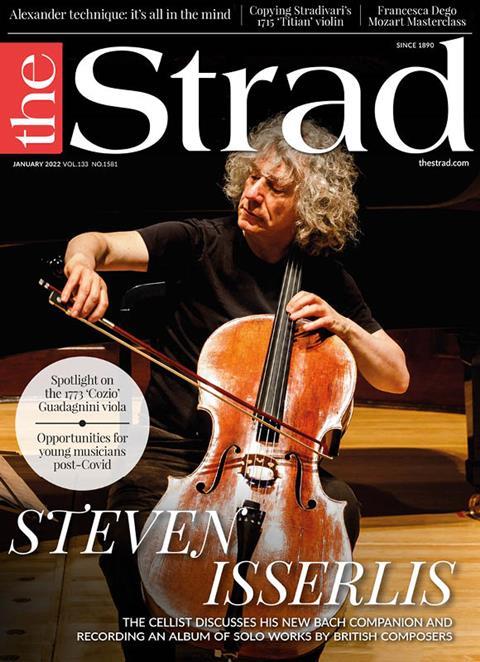


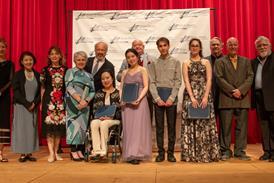
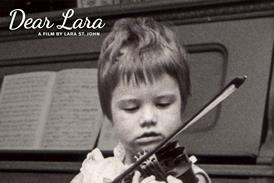
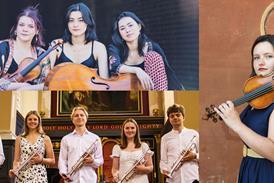






































No comments yet